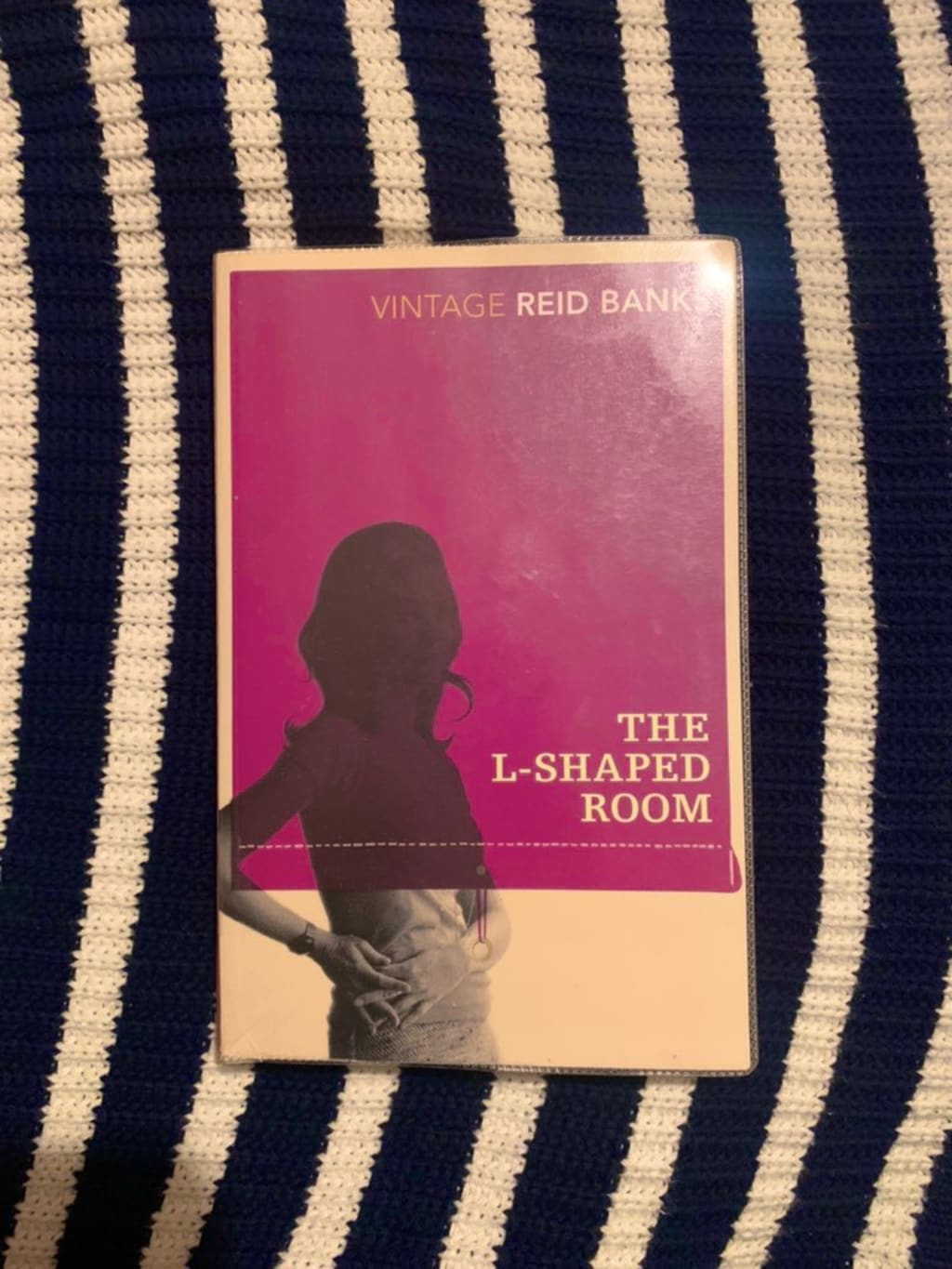Book Review: "The L-Shaped Room" by Lynne Reid Banks
3/5 - the symbolism could have been so much more...

Writing books in some kind of dialect and making it believable can be hard. It's not so much about the way in which you drop and change letters, but also about the way the sentences are structured. In some cases, this can be detrimental to understanding the book and finding it entertaining. For example, The Lonely Londoners by Sam Selvon is written in dialect according to syntax mainly, and sometimes it even has dialect according to spelling. In this book, there is a lot of syntax-based dialect changes in order to make it truthful to time and place. However, I think that this actually makes the book seem more cliché than it is. I would have personally gone for something written quite standardly with other more symbolic things to point out setting and time.
The L-Shaped Room is an interesting novel because of its story. We have a pregnant woman who is kicked out of her house for getting pregnant and now has to go on the search for somewhere else to live. Through this she meets a bunch of new and exciting people along the way. Honestly, this reminded me of the book Breakfast on Pluto by Patrick McCabe (yeah, if Breakfast on Pluto was depressing as hell) where she leaves home to go and find her real mother only to meet some incredible personalities along her journey. It's a great storyline because it means you can add as many characters as you like to the narrative without being accused of shoehorning people in. If this character goes to a new place, they are most likely going to meet new people if they stay there for more than five minutes.
But back to the dialect syntax. Sometimes I got it and sometimes I didn't. There were moments when I did think 'is this necessary?' and 'would this have just been better written normally in Standard English?' And if I'm thinking that then it cannot be perfect. Other than that, we have the issue of themes and symbols. As the syntax becomes muddled to suit a dialect, the themes and symbols, especially the symbolism can not only become harder to pick out but is at risk of being pushed out because of the focus on the identity of the writing. It's set in the 1950s, there was so much you could have done with symbolism and I think that this book slightly let me down in that department for the sake of the identity crisis the novel is going through.
The title refers to the boarding house she moves in to and honestly, I think that is the best symbol in the whole book. An L-Shaped room is not often the normal shape of a room at all, there is something different and strange about it, as with our protagonist (Jane). The boarding house is a bit dingy, a bit disgusting and overall, it isn't a place where a pregnant woman should really be having a child at all. But with our protagonist, she comes to try to make the best of a bad situation - which is something I find far more realistic than kicking off an argument, if I'm going to be perfectly honest.
This novel has its faults but it also has its advantages. It has a way with storytelling that I may not have enjoyed wholly myself, but it also has a pretty intense plot. I get where the author is going with this but the most fleshed out symbol was also the name of the novel and that is something that still sort of annoys me.
About the Creator
Annie Kapur
200K+ Reads on Vocal.
English Lecturer
🎓Literature & Writing (B.A)
🎓Film & Writing (M.A)
🎓Secondary English Education (PgDipEd) (QTS)
📍Birmingham, UK






Comments
There are no comments for this story
Be the first to respond and start the conversation.